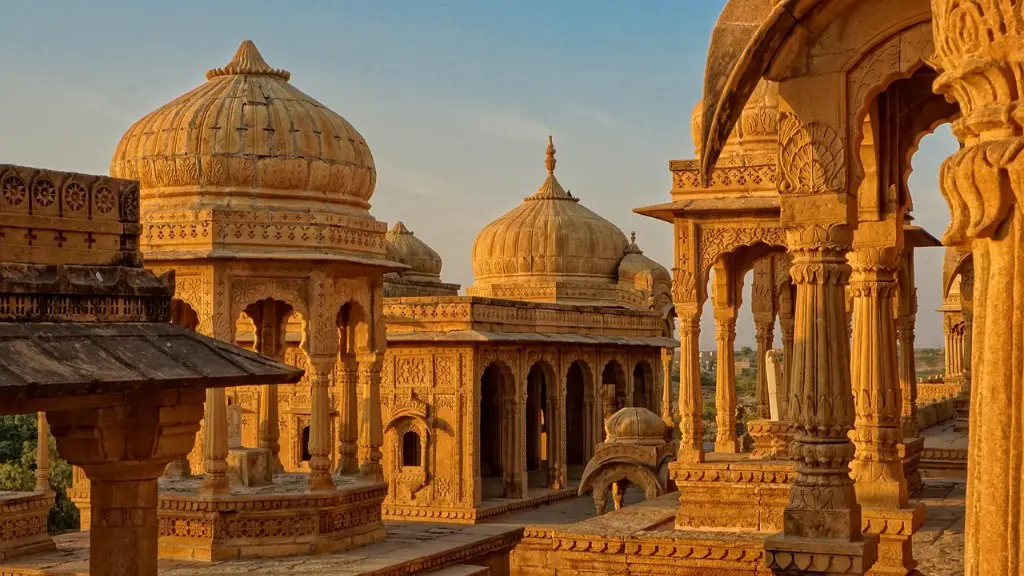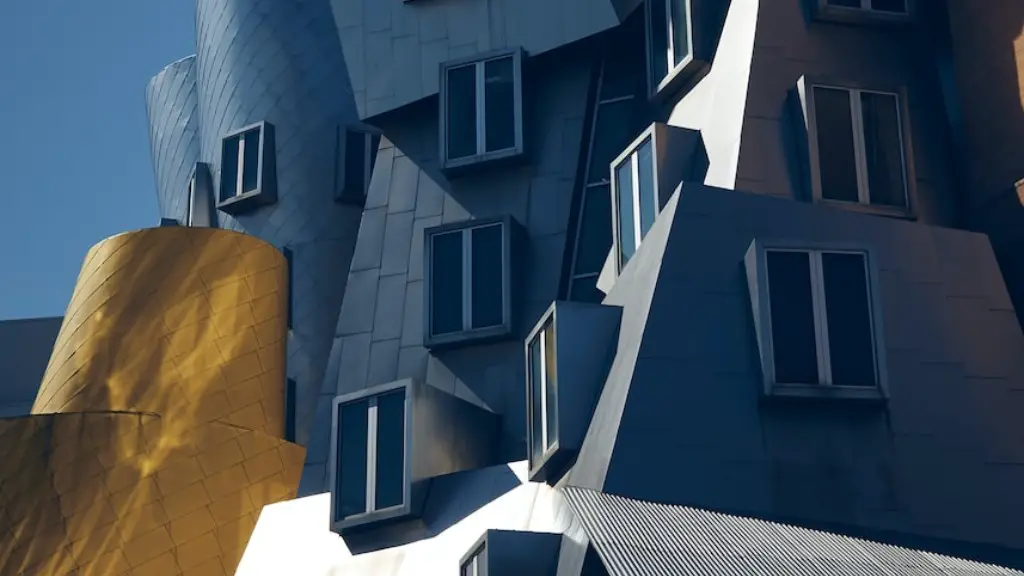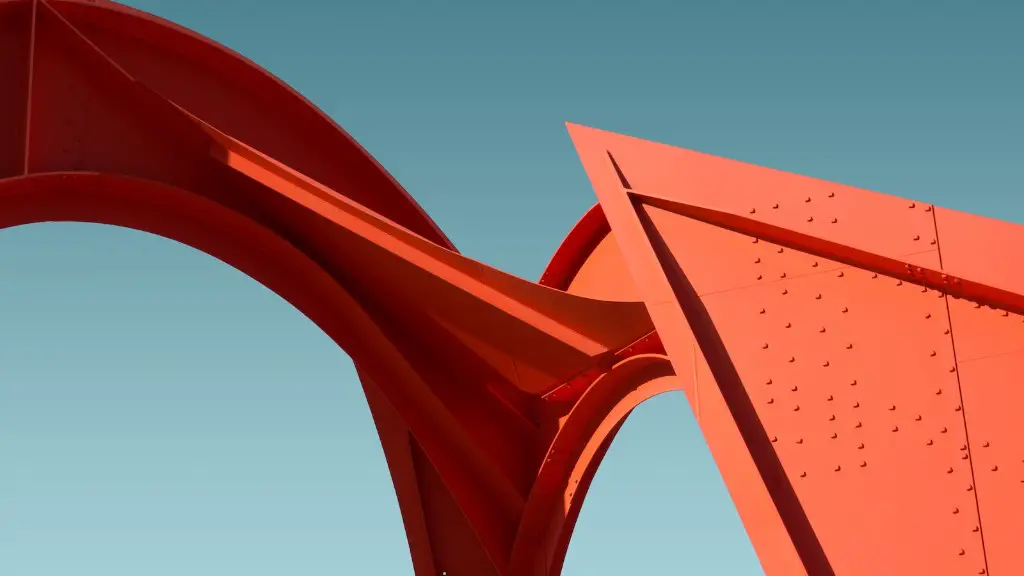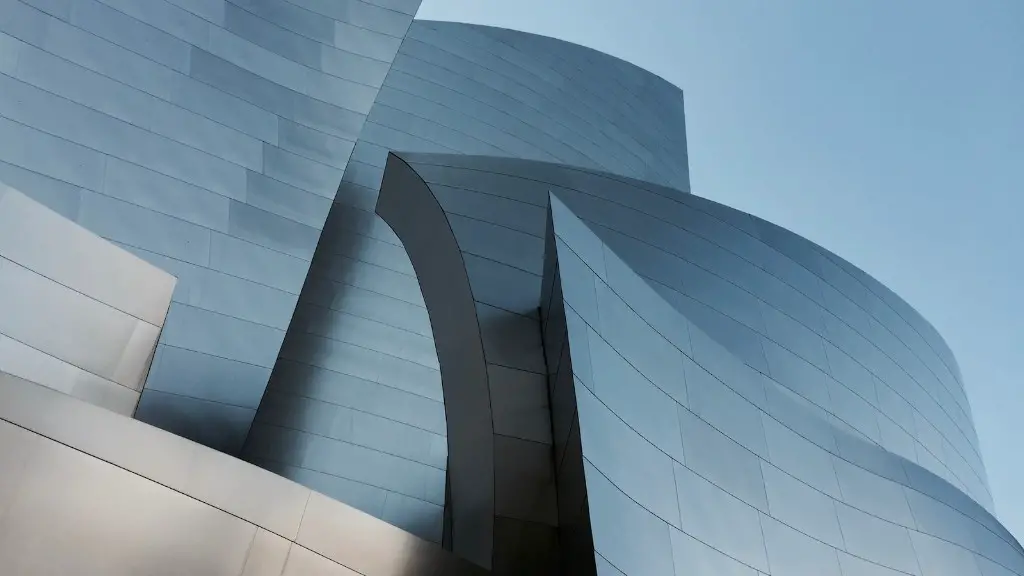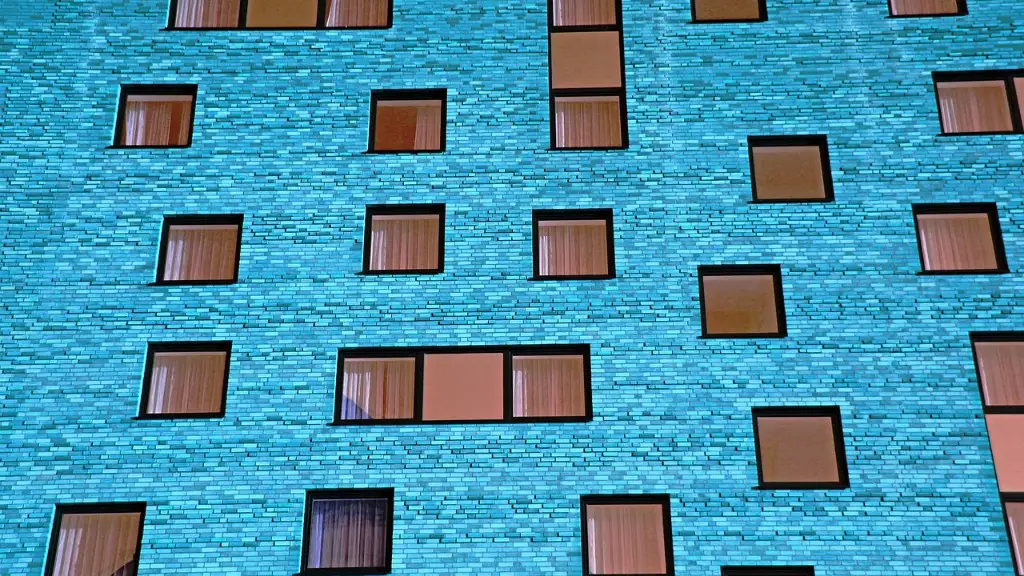The Basics of Early Muslim Architecture
Early Muslim architecture is a fascinating topic, spanning the breadth of cultures, including India and Persia to the Middle East and North Africa. Although there are many different styles of architecture, the Islamic style has its own distinct characteristics that make it stand out. This article will explore the history and development of early Muslim architecture, providing an overview of some of the more popular elements.
The Islamic style of architecture is characterized by a variety of features. The most significant element is the use of calligraphy. In the Islamic world, calligraphy was used to express religious and political sentiments. This type of art is often used to decorate the walls of mosques and other Islamic buildings.
Another important feature of Islamic architecture is the use of domes, arches and minarets. Domes are structures that are typically spherical or domed in shape and are often used to cover large areas. Arches are used to create openings in walls, while minarets are towers used for lookout purposes. These features are often used together in order to create a grand, impressive look.
In addition to the basic elements mentioned above, additional decorative techniques are often used to enhance the architectural beauty of Islamic monuments and buildings. Geometric shapes and patterns, as well as floral motifs, can be seen in many Islamic buildings. Carved woodwork is also a common feature, giving the interior of buildings a warmer, homey feel. In addition, the use of green and blue colored tiles is often used to create stunning visuals.
One of the most iconic elements of early Muslim architecture is the use of the muqarnas. Muqarnas, also known as honeycomb vaulting, consists of a series of small intersecting domes and arches that are used to create an intricate and stunningly beautiful pattern. This type of vaulting can be seen in many Islamic monuments around the world, such as the Alhambra in Spain.
Early Muslim architecture also had a significant influence on the development of European architecture. Early Renaissance architects, such as Filippo Brunelleschi, were inspired by Islamic designs, which can be seen in their own works, such as the dome on Florence Cathedral. Ultimately, the Islamic style of architecture has had a lasting impact on the world of architecture, and continues to inspire today.
Materials Used in Early Muslim Architecture
The majority of early Muslim architecture was constructed using wood, brick, and stone. Each of these materials was carefully selected and used in an effort to add strength, stability, and sophistication to the structures. Wood was used mostly in ceilings and decorative elements, while brick and stone were used in large walls and fortifications. In certain cases, sandstone, marble, and limestone were also used for decorative purposes or for extra strength.
The use of these materials wasn’t only limited to exterior structures; the interior of many Islamic buildings were also constructed from the same materials, creating the perfect backdrop for the intricate decorative features. In addition, some structures also featured intricate tilework that was used to further elevate the look and feel of a building.
Although the main goal of Islamic architects was to create a structure that was both aesthetically pleasing and functional, the use of materials was also supposed to provide guidance in the spiritual realm. For example, the use of wood was intended to symbolize the warmth of the soul, while stones were meant to represent the unity of the Almighty and His Creation.
The materials used in Islamic architecture were also selected to create the perfect balance between the interior and exterior of the building. It was not uncommon for some elements, such as domes and arches, to be constructed from different materials in order to create the desired effect.
The Impact of Early Muslim Architecture on Modern Architecture
The influence of Early Muslim architecture continues to influence modern architecture, especially the Gothic and Baroque styles. Although the Islamic style of architecture developed hundreds of years ago, its basic principles of form, decoration, and use of materials can still be seen in contemporary architecture.
One of the most noteworthy modern examples of Islamic architecture can be found in Taj Mahal, a major tourist attraction located in India. This iconic mausoleum was built using elements of Islamic architecture, including intricate calligraphic panels, stone carvings, and an impressive dome. Today, the Taj Mahal stands as an example of how Islamic architecture continues to have an impact on the world of architecture.
In addition, Islamic architecture has also had a significant influence on modern design, particularly in the field of interior design. Many modern homes incorporate elements of Islamic architecture, such as arches and mosaics. These features often provide a unique, elegant look to a space, as well as a feeling of calmness and serenity.
Overall, the influence of early Muslim architecture can be seen in virtually every facet of modern architecture, from the style of structures to the choice of materials used. An understanding of this style of architecture can help designers create unique and beautiful structures, providing a lasting impact on future generations.
Concept of Geometry in Early Muslim Architecture
At the very core of early Muslim architecture lies the concept of geometry, which was used to create harmonious and aesthetically pleasing structures. This concept is based on the belief that the physical world is inextricably tied to the spiritual one. As such, Islamic architects sought to create designs that embodied this connection.
The geometric shapes and patterns used in early Muslim architecture can be found in everything from domes and arches to intricate tilework and intricate carvings. The aim was to create a structure that was aesthetically pleasing, and yet still carried a spiritual significance. In addition, the use of geometry was also intended to provide guidance and protection, providing a safe and secure environment for worship and contemplation.
The use of geometry in Islamic architecture is still used today, with geometric shapes and patterns providing a visual expression of the ideology behind the design. This can be seen in both modern commercial and residential buildings, as well as in mosques and other religious structures.
Even today, the use of geometry in architecture can provide a unique look and feel to a building. If a designer is able to combine geometric shapes with other decorative elements, such as carvings and tilework, the result can be stunningly beautiful.
Contribution of Early Muslim Architecture to the World
Early Muslim architecture has had a significant impact on the world of architecture, providing a foundation for future generations. This style of architecture has been able to stand the test of time, evolving and adapting to new trends, yet still retaining its core aesthetic and spiritual themes.
The Islamic style of architecture has also been able to transcend cultural and religious boundaries. The concept of geometry, in particular, has been embraced by many cultures, providing a unified, aesthetic vision of beauty and perfection. The structures created by Islamic architects, both in the past and present, continue to inspire and awe.
In addition, the use of decorative elements, such as tilework, carvings, and calligraphy, can provide a unique artistic expression. These materials can be used to create vibrant and stunning visuals, creating a space that evokes feelings of calmness and relaxation.
Overall, early Muslim architecture has left an indelible mark on the world of architecture, providing guidance for future generations. The timeless concepts of geometry and decoration will continue to be embraced and admired, ensuring that its legacy lives on for centuries to come.
Modern Examples of Early Muslim Architecture
Today, the Islamic style of architecture can still be found in various countries around the world. In the Middle East, the Great Mosque of Samarra in Iraq is one of the most iconic examples of early Muslim architecture, featuring a spectacular spiral minaret and intricate use of geometry and calligraphy.
In India, there is the Taj Mahal, a mausoleum built by Muslim Emperor Shah Jahan in the 17th century. It is an example of how the Islamic style of architecture has been able to transcend cultures, creating a structure that embodies both religious and aesthetic ideals.
In Europe, the Alhambra in Spain is another example of how early Muslim architecture has been able to influence the development of European architecture. Its intricate honeycomb vaulting and elaborate decorations provide an impressive glimpse into the history of Islamic architecture.
Overall, the Islamic style of architecture has had a lasting impact on the world of architecture. In the modern day, there are still many examples of this style of architecture that demonstrate its timeless qualities.
The Value of Early Muslim Architecture
Early Muslim architecture is an invaluable part of the cultural and architectural heritage of the Islamic world. It is a testament to the creativity of early Islamic architects, and an example of how the principles of geometry, decoration, and use of materials can be combined to create beautiful structures.
The structures created by Islamic architects in the past are not only aesthetically pleasing, but are also imbued with spiritual significance. This can be seen in the intricate details, such as the curved lines, floral motifs, and tilework, which all add to the sense of beauty and tranquility.
In addition, the influence of early Muslim architecture can still be seen in modern architecture and design. Many modern buildings incorporate elements of Islamic design, helping to create unique, attractive spaces.
Today, the legacy of early Muslim architecture lives on in all its grandeur, serving as a reminder of its timeless beauty and spiritual significance.
